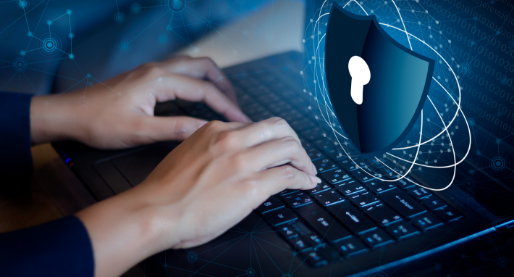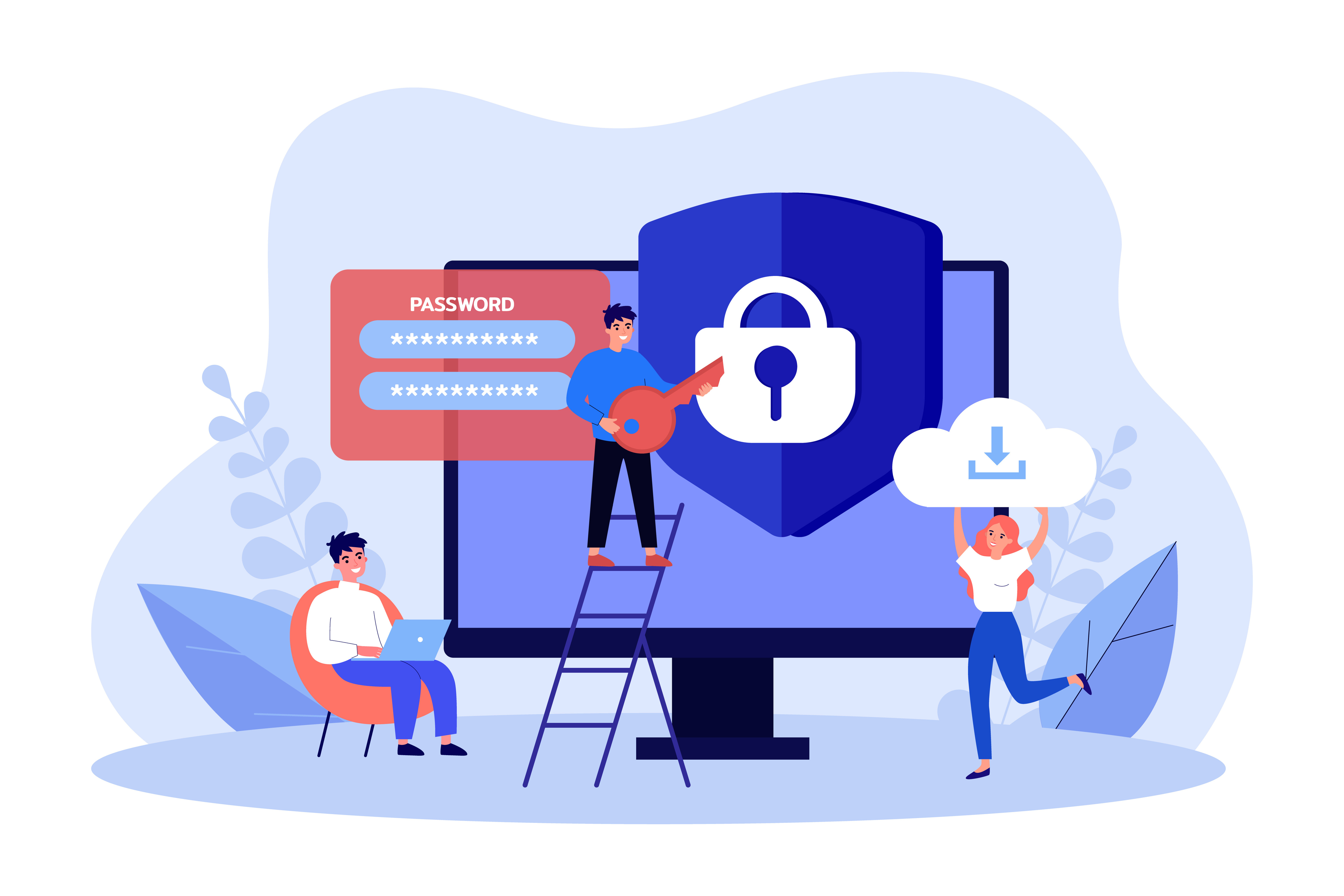Security: How “Passwordless” Authentication Increases Security
Passwords are often not as secure as you might think, with 80% of today’s security breaches being attributed to the humble password.
2 min read
Freya : Dec 8, 2021 12:20:09 PM
When assessing the security of your business it’s important to cover all potential weaknesses, from the minor to the major, cybercriminals are always looking for new access points to your systems.
Passwords form the backbone of business and personal cybersecurity, however, they’re not always as failsafe as you may imagine. You may be unwittingly providing easy access to your devices and accounts without realising, and in fact, 80% of today’s security breaches are attributed to password attacks.
This week we not only explore the most common password weaknesses but also the simplest form of protection to secure remote workflows – multi-factor authentication (MFA). MFA is a tool that largely removes the threat of password breaches, can block up to 99.9% of cyber-attacks and is the simplest way a business can protect users and data against attack.
As the password is the first line of defence against potential cyberattacks, it’s important to ensure you’re not falling foul of some common mistakes. As passwords fall into the Single Factor Authentication (SFA) category, they can be utilised without an additional means of authentication. SFA provides the least protection and often compromises other accounts with similar passwords.
If you opt to use SFA, ensure you are avoiding these mistakes:
While these errors may seem incredibly simple, they are extremely common and are often the cause of password attacks.
As mentioned, authentication comes in many forms. Aside from SFA, you can also implement Two-Factor Authentication (2FA) and Multi-Factor Authentication (MFA). These terms help identify the amount of authentication required to log in.
Two-Factor Authentication (2FA) is a subset of MFA. Two-factor authentication introduces extra authentication to the username and password combination. Oftentimes by utilising something the individual owns or has access to. Such as a One-Time Password (OTP) or authenticator app.
Multi-Factor Authentication (MFA) refers to any authentication using more than a password. For advanced security setups, MFA can call on many factors, such as:
Quite simply, the more authentication required to access your account, the harder it is to hack.
Multi-Factor Authentication can benefit your business in many ways and should be implemented across the board if possible.
Oftentimes, many modern applications now offer, or even require multi-factor authentication. To enable, simply navigate to security settings to look for 2FA or MFA settings.
To adopt a widescale MFA strategy, consider consulting our cybersecurity specialists – who can advise on the best strategy bespoke to your business needs and budgets. To learn more, visit Cybersecurity services that protect your business from attack. | Fitzrovia IT

Passwords are often not as secure as you might think, with 80% of today’s security breaches being attributed to the humble password.
 Read More
Read More

In 2020, many an article has referenced the new normal that we now find ourselves working in (something we’re guilty of too), and while readers may...